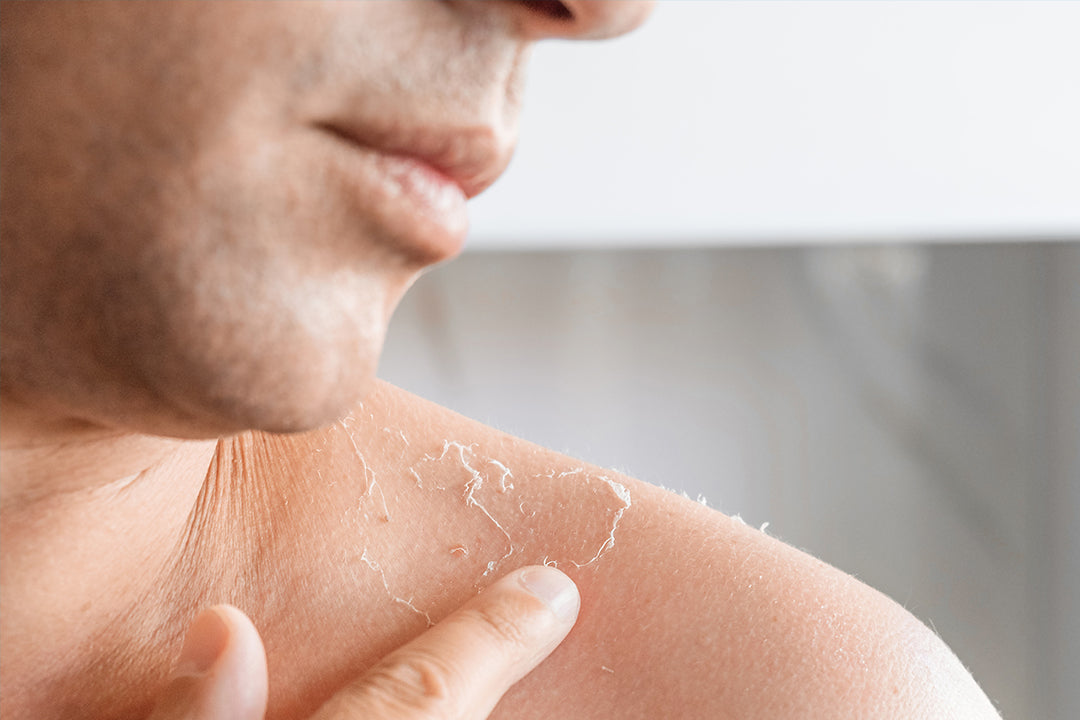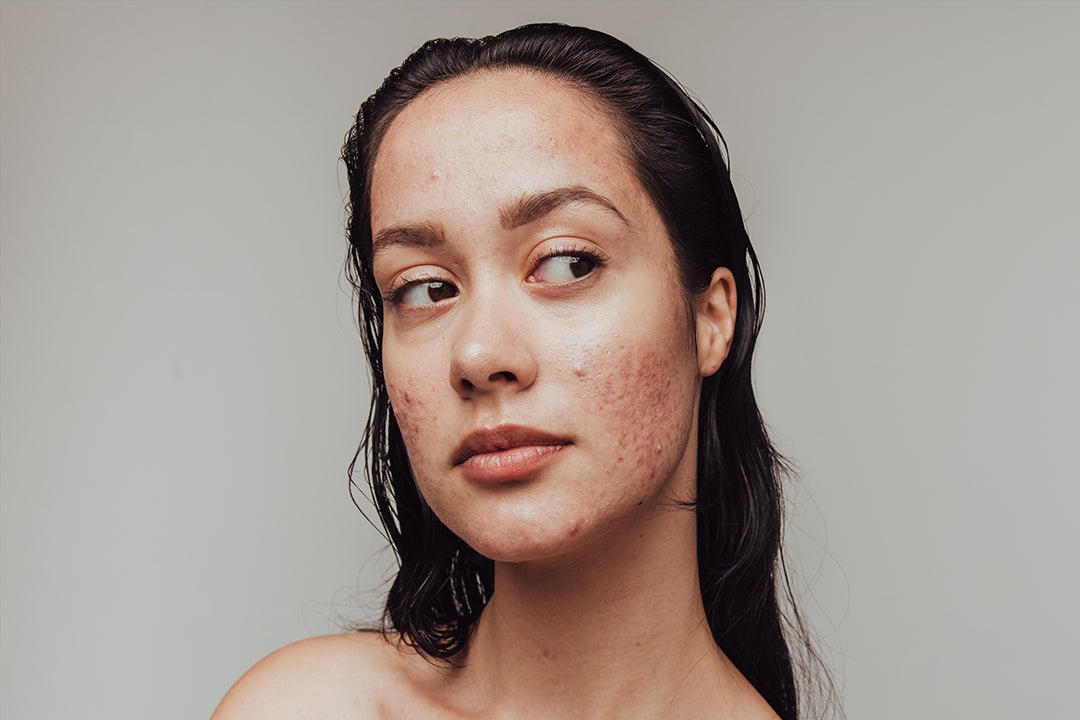Niacinamide, also known as vitamin B3, is a powerful ingredient that offers numerous benefits for the skin. This essential nutrient helps build proteins in the skin and provides protection against environmental damage. It is commonly used in skincare products due to its various advantages.
Niacinamide and niacin are not the same thing. Niacinamide is a form of vitamin B3, which is different from niacin. Although they belong to the same vitamin family, they have distinct properties and effects on the body. Niacinamide is known for its skincare benefits, while niacin is primarily used for its cardiovascular benefits.
Benefits of Niacinamide
Niacinamide offers a range of benefits for the skin:
- Minimizes Enlarged Pores: One of the key benefits of niacinamide is its ability to minimize the appearance of enlarged pores. It helps regulate oil production, which can lead to reduced pore size.
- Adds Moisture: Niacinamide is a great moisturizing ingredient that helps the skin retain moisture. It strengthens the skin's natural barrier, preventing water loss and keeping the skin hydrated.
- Brightens the Skin: Niacinamide has brightening properties that can help even out the skin tone and reduce the appearance of hyperpigmentation. It inhibits the transfer of melanin, the pigment responsible for dark spots and uneven skin tone.
- Reduces Fine Lines and Wrinkles: Niacinamide stimulates collagen production, which helps improve the elasticity and firmness of the skin. This can lead to a reduction in the appearance of fine lines and wrinkles.
- Treats Acne and Eczema: Topical niacinamide has shown promising results in treating acne and eczema. It helps regulate sebum production, reduces inflammation, and promotes a healthy skin barrier.
How to Use Niacinamide
Niacinamide can be incorporated into your skincare routine in various ways:
- Choose skincare products that contain niacinamide as an active ingredient. Look for serums, moisturizers, and treatments that mention niacinamide on their labels.
- Start by using a low concentration of niacinamide, around 2-5%, to allow your skin to adapt. You can gradually increase the concentration over time.
- Apply niacinamide after cleansing and toning your skin, but before moisturizing. Gently massage it into your skin until fully absorbed.
- Niacinamide can be used both in the morning and evening skincare routines.
- Always follow up with a broad-spectrum sunscreen during the day to protect your skin from harmful UV rays.
When Can You Start Using Niacinamide?
Niacinamide is generally safe for all age groups. It can be incorporated into your skincare routine as early as your teenage years. However, it is always recommended to consult with a dermatologist before starting any new skincare product, especially for children.
How Long Does Niacinamide Take to Work?
The effects of niacinamide on the skin can vary from person to person. Some individuals may notice improvements in their skin within a few weeks, while others may take longer. Consistency is key when using niacinamide, so it is important to use it regularly to see the best results.
Potential side effects, if any? Niacinamide is generally considered safe for most individuals. It is well-tolerated and rarely causes any side effects. However, some people may experience mild skin irritation, redness, or dryness when using niacinamide. If you notice any adverse reactions, it is advisable to discontinue use and consult with a dermatologist.
The Bottom Line
Niacinamide is a versatile ingredient that offers numerous benefits for the skin. From minimizing enlarged pores to brightening the skin and reducing fine lines, niacinamide is a must-have in any skincare routine. With regular use, niacinamide can help you achieve healthier, more radiant skin.









